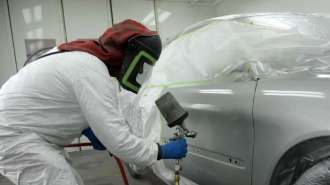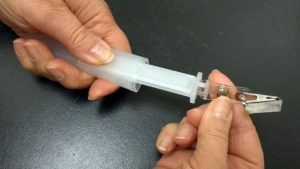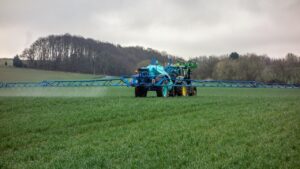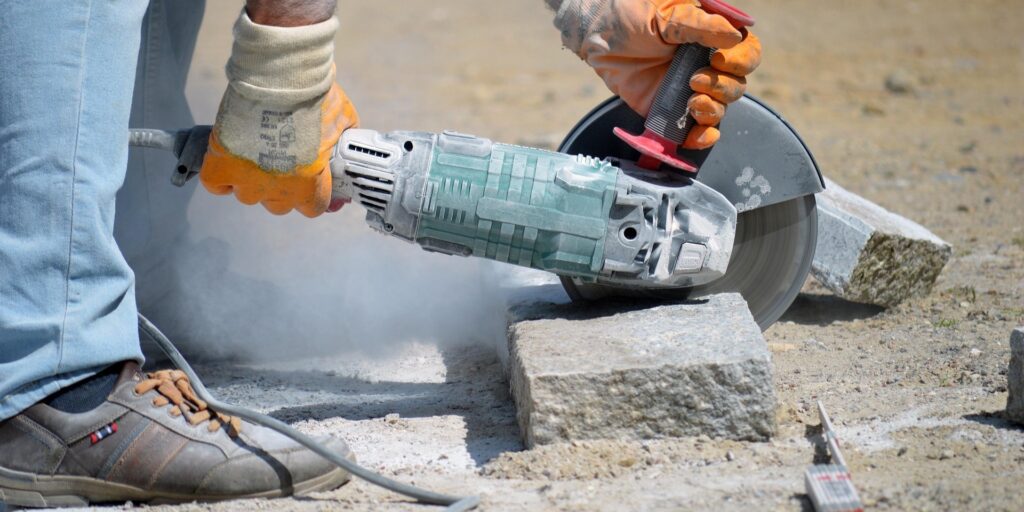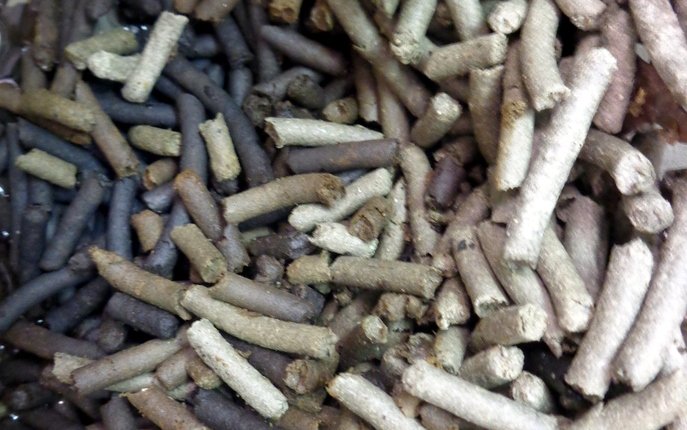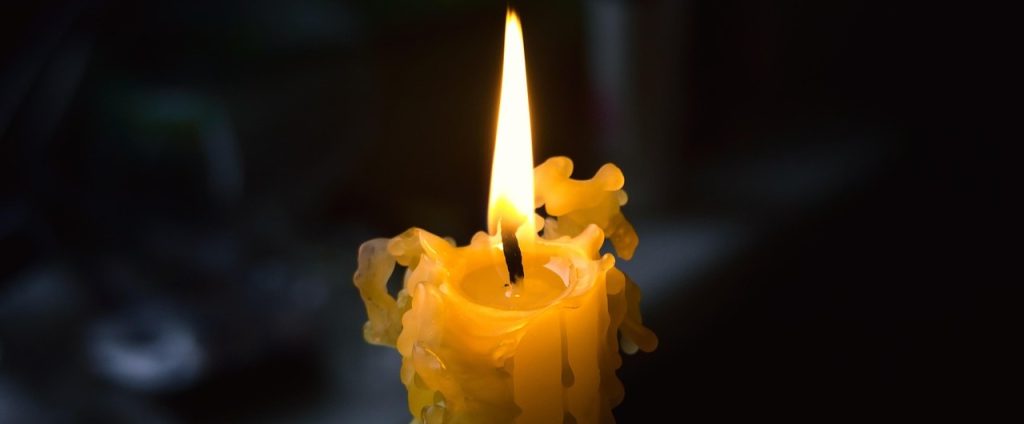Air testing for industrial paint applications is crucial to identifying chemical hazards in the workplace. Modern paints are complex mixtures, and testing often requires specific methods to detect solvents, pigments, and other potentially harmful components. At LCS Laboratory Inc., we specialize in air sampling and analysis for industries of all sizes, from small workshops to large-scale automotive operations. We offer air sampling equipment, laboratory analysis, and training, so you can comfortably conduct air testing at your facility. The following article explains what hazardous vapours can be found around the paint booth.
Why Test Air Quality in Painting Workspaces?
Industrial paints release a variety of airborne chemicals during application and drying. These substances can affect workers’ health if proper monitoring isn’t in place. Air testing identifies hazardous exposures, such as toxic metals or solvents, and provides the data needed to reduce risks and improve workplace safety.
What We Test for in Different Paint Types
Water-Based Paints and Stains
- Common components: Primarily water with small amounts of volatile alcohols (e.g., cellosolves), metal oxides like titanium dioxide, and latex binders.
- What we measure: Cellosolves in the air, total inhalable dust, and metals from pigments.
Oil-Based Paints and Stains
- Common components: Drying oils with minimal solvents like turpentine or acetone; pigments may include lead, chromium, or cadmium.
- What we measure: Residual solvents and toxic metals, which are often the primary concern.
Alkyd Paints
- Common components: Solvents like naphtha and aromatic hydrocarbons, combined with pigments and polyester-based binders.
- What we measure: Solvent vapours (e.g., benzene, xylene) and metal content in inhalable dust.
Melamine Formaldehyde Paints and Lacquers
- Common components: Alcohols, ethyl acetate, and melamine-formaldehyde binders; pigments are usually metal-free, but older coatings may emit formaldehyde.
- What we measure: Solvents, inhalable dust, and formaldehyde emissions where applicable.
Polyurethane Paints and Lacquers
- Common components: A two-part system (polyols and isocyanates) with solvents like ketones and naphtha. These paints often contain no metal pigments but may release isocyanates, which are highly toxic.
- What we measure: Solvents, inhalable dust, and isocyanates.
How We Help
LCS Laboratory Inc. offers tools and expertise to make air sampling straightforward and effective. We provide sampling kits and work with you to design strategies that suit your specific paint operation. Whether you’re dealing with small-scale applications or high-volume industrial lines, we help ensure your testing targets the right chemicals and meets workplace safety standards.
Why Choose a Canadian Laboratory?
Using a Canadian laboratory offers practical benefits. You’ll avoid delays in shipping and customs, and your testing complies with Canadian occupational health standards. LCS Laboratory has over a decade of experience serving the Canadian safety community. Our focus on local needs means you get faster service and expert advice tailored to your requirements.
Contact Us
If you’re ready to improve air quality in your workplace, reach out to LCS Laboratory Inc. Email us with your company name, location, and a description of your project. We’re here to help you tackle workplace air quality challenges.

